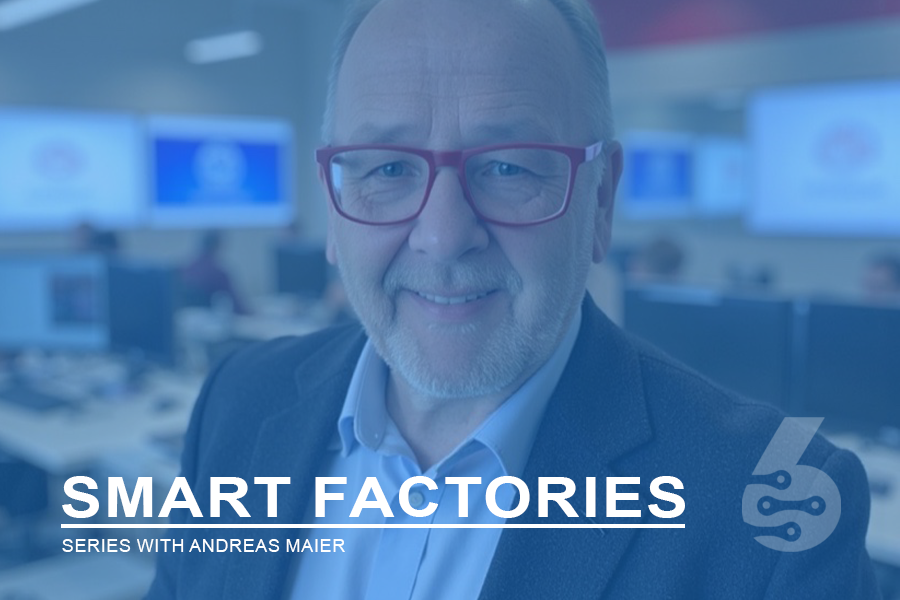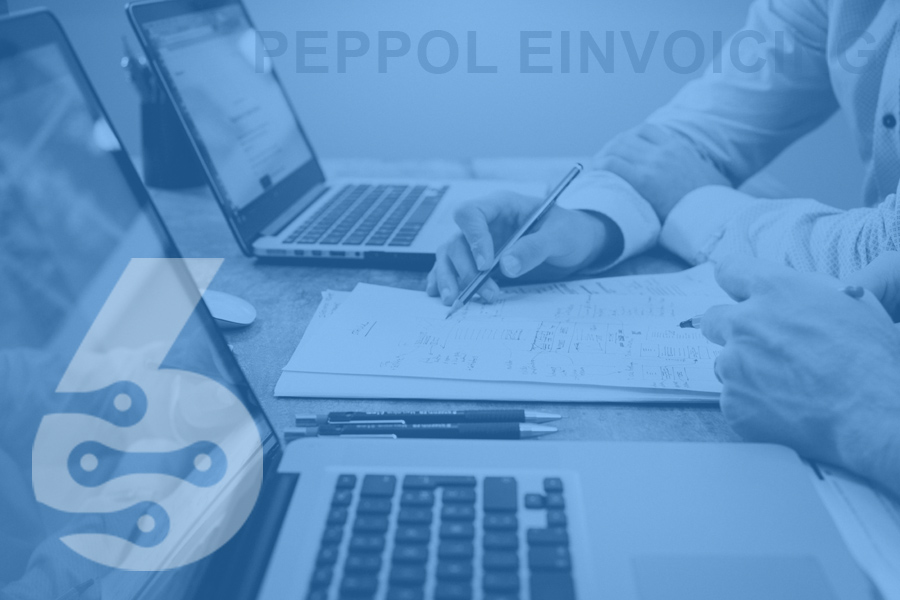Fixed assets are long-term physical assets such as land, buildings, vehicles, and equipment a business uses to produce goods and services. These assets are necessary for production but will not generate cash quickly. Examples of fixed assets include computers, tools, vehicles, and land.
The purpose of fixed assets is to provide a stable foundation for businesses to operate from and to help them produce goods and services. Companies use fixed assets to build inventory, which can then be sold to customers. In addition, businesses may use fixed assets to provide services such as transportation or manufacturing.
Generally speaking, the longer a business plans to use a fixed asset, the more it will cost. This is because the asset will need to be replaced less often and may have a higher initial price tag. For this reason, businesses must carefully consider how long they plan to use each fixed asset before making a purchase.
Businesses need to track their fixed assets properly. This helps ensure that the company is aware of what it owns and can make informed decisions about how best to use these assets. Improved asset tracking also helps businesses keep tabs on depreciation expenses to report their financial results accurately.

Related Blog Articles

Fresh, Fast & Future-Proof: The Smart Way to Produce Dairy
Milk production is one of the most demanding sectors in food manufacturing, where quality, consistency, and safety are non-negotiable. Unlike other industries, dairy processing requires precise control over every stage - from raw milk intake to packaging - to maintain strict hygiene standards and ensure uniform product quality. This level of precision is only possible through advanced automation and data-driven decision-making. That’s where SIX ERP comes in. By integrating real-time...
Guide to PEPPOL e-Invoicing
PEPPOL is more than an e-invoicing standard: it is a way to streamline global trade. Its adoption enables companies, large and small, to navigate the complexities of international transactions with ease and efficiency.It offers multiple benefits, such as the automation of e-invoicing, which minimizes errors and increases productivity. Especially for large companies with significant transaction volumes, this can translate into significant cost and time savings.PEPPOL's universality also simplifies cross-border trade,...
Managing the Manufacturing Process in ERPs
Enterprise Resource Planning (ERP) systems are integrated software solutions that help businesses manage the vital components of their operations, including product development, Manufacturing, supply chain, shipping and logistics, customer relationship management (CRM), and finance. An ERP system consolidates all of these business functions into a single, comprehensive software solution that can be accessed by authorized users from anywhere in the organization. This centralized access to information and data allows businesses to...Related SIX ERP Solutions:
Related SIX ERP Features:
Want to see SIX for yourself?
Need help, have questions or want to get a free demo?
Please read our Privacy Policy on how we process personal data. We will never share your data!



